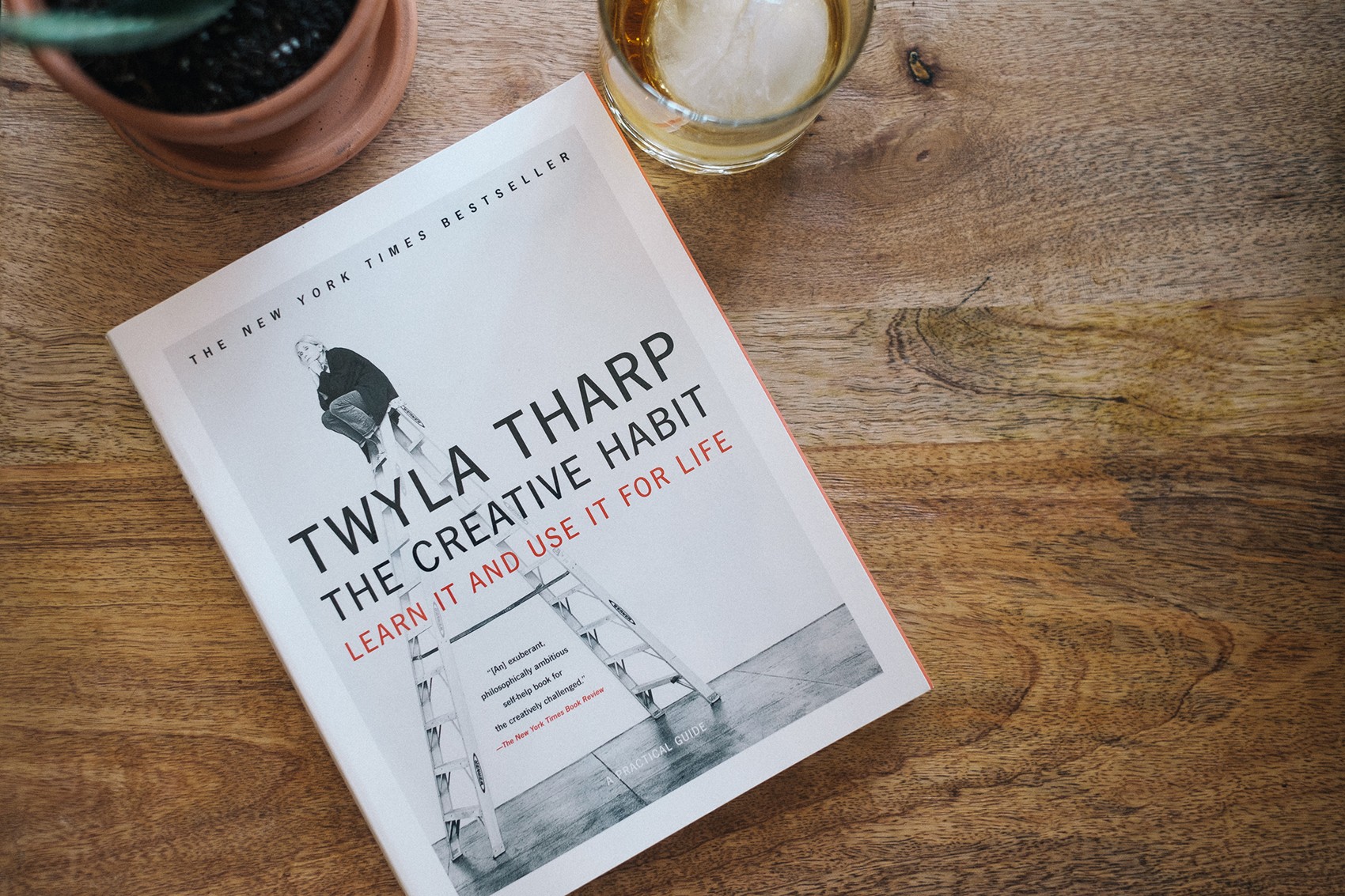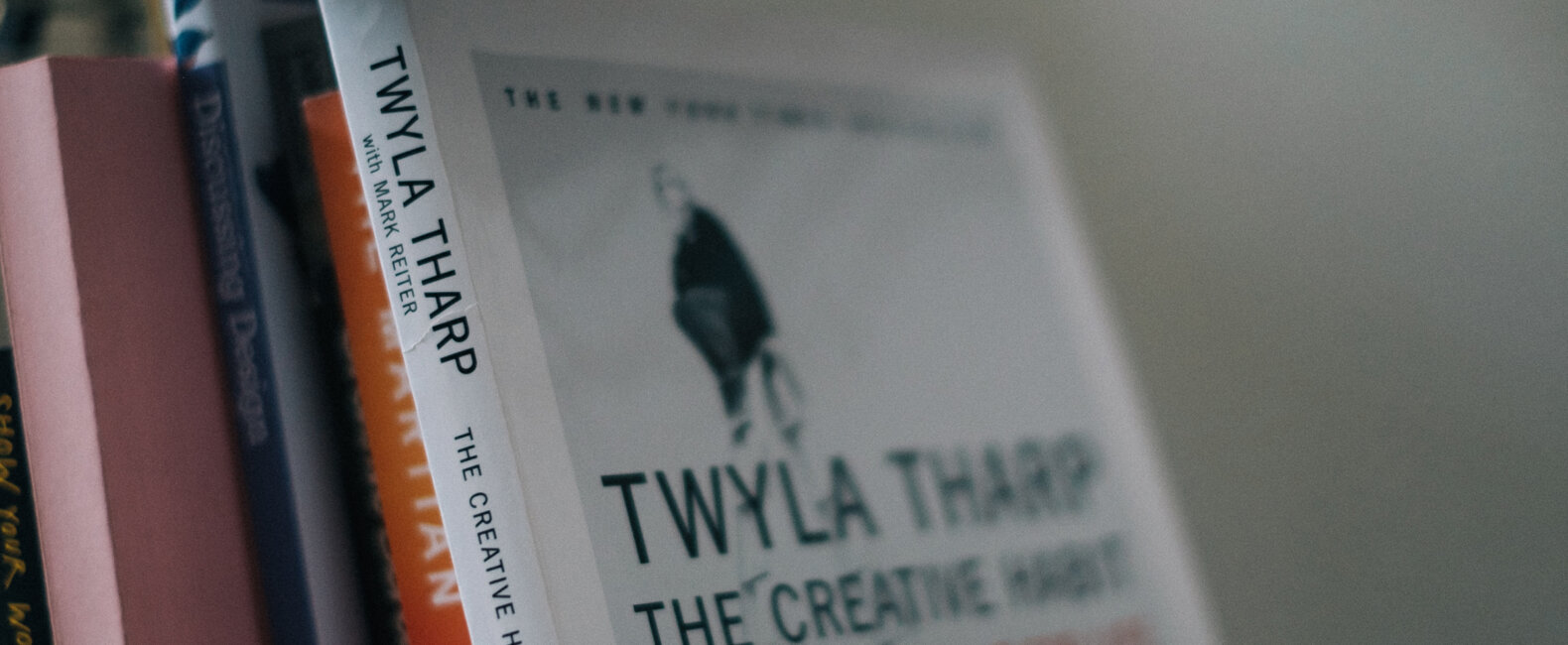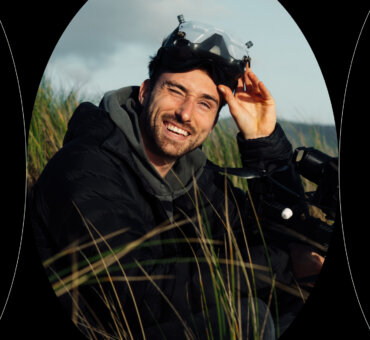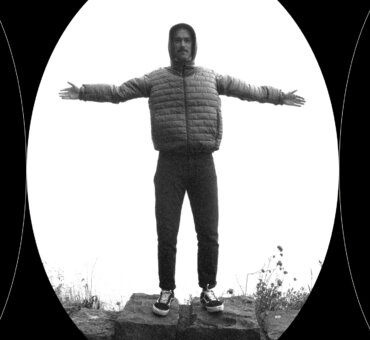Creativity, like any job, is a daily grind. Salesmen don’t wait for inspiration to make a sale. Surgeons don’t wait for lightning-bolt revelations to make their first incision. And the same goes for those of us who do creative work. Whether it’s our full-time job or our side passion, creativity is best practiced every day.
“After so many years, I’ve learned that being creative is a full-time job with its own daily patterns,” writes legendary choreographer Twyla Tharp in The Creative Habit. “The routine is as much a part of the creative process as the lightning bolt of inspiration, maybe more. And the routine is available to everyone.”
The problem, though, is that some creative disciplines lend themselves to daily habits better than others. A writer can get up every morning and tap away at his manuscript. A painter can paint every afternoon. But what is a filmmaker supposed to do every day to improve her craft? Filmmaking is such a macroscopic process. It takes years to finish a film. It takes writing, casting, financing, producing, editing — the list goes on. What exactly does it mean to practice filmmaking?
It’s not an easy question, because the answer tends to be different from person to person. But what we do know is that implementing a daily creative routine — a creative habit — into your life will not only keep your filmmaking mind sharp, but it will ease many of the creative stresses that can so easily shut us down as filmmakers.
Creativity is a habit. Here are some suggestions for how to form yours, taken from the sound advice in Twyla Tharp’s (aforementioned) incredible book.

1. SPEND TIME ALONE
Being alone with your thoughts is one of the most important habits any creative person can adopt. It’s amazing how infrequently we allow ourselves to sit quietly without music or books or other people to distract us. Go sit in a room for a few minutes with nothing to accomplish, and see how awkward you feel. It happens really fast. But on the other side of that awkwardness is real gold: your subconscious mind where your ideas swim around. It’s extremely hard to hear this part of your brain when you’re pumping a bunch of noise into your ears or making difficult decisions or worrying about things outside of filmmaking. Your ideas are like fish. They scare easy.
“Sit alone in a room and let your thoughts go wherever they will,” Tharp prescribes. “Do this for one minute…[then] work up to ten minutes a day of this mindless wandering. Then start paying attention to your thoughts to see if a word or goal materializes. If it doesn’t, extend the exercise to eleven minutes, then twelve, then thirteen…until you find the length of time you need to ensure that something interesting will come to mind. The Gaelic phrase for this state of mind is ‘quietness without loneliness.’”
2. CARRY A CAMERA
Author and director Paul Auster wrote: “If nothing else, the years have taught me this: if there’s a pencil in your pocket, there’s a good chance that one day you’ll feel tempted to start using it.”
Twyla Tharp expands this idea into carrying a creative tool — any tool — with you all the time. Something to tempt your creativity throughout the day. It could be a sketchpad. It could be a notebook. But we think a camera is a good place to start for a filmmaker. You can’t complete a film every day but you can take a photograph. You can capture a moment and an emotion. You can get into your filmmaker headspace without a budget or a cast or even a script. We realize you have a camera in your smartphone. But consider carrying around a real clunker. Something you can fiddle with at your desk. Something with knobs and buttons. Something that begs you to take it out and shoot for a few minutes every day. “Pick your ‘pencil,’” Tharp writes, “and don’t leave home without it.”
If nothing else, the years have taught me this: if there’s a pencil in your pocket, there’s a good chance that one day you’ll feel tempted to start using it.
3. WRITE ONE EXTREMELY SHORT STORY A DAY
Great filmmakers are often great writers. Look at J. J. Abrams, Steve McQueen, Werner Herzog, Lena Dunham — and the list goes on. The fact is, if you want to make great films, then you need to be able to tell great stories. And great stories don’t have to be very long. At all. Here is a short story by the master of microscopic fiction, Lydia Davis:
Spring Spleen
I am happy the leaves are growing large so quickly.
Soon they will hide the neighbor and her screaming child.
Davis won the MacArthur Foundation Genius Fellowship for work like this, so it’s not to be taken lightly. At the same time, though, even Davis admits her work often happens quickly. Sometimes instantly. The genius of it is not in the labor. It’s her insight into the world — an insight developed by — among other things — writing thousands of stories like these.
4. FIND PATTERNS IN CHAOS
Okay, stay with us on this one — it’s a little out there. Tharp suggests this daily creative exercise: Take a handful of coins and toss them onto your desk. See how they fall. Then mess with them until you find a pattern in the chaos. “Eventually I land on an arrangement that feels like a musical chord resolving. I look at the coins and they cry out: ‘This is us.’ There in a nutshell is the essence of creativity: There are a number of possibilities, but only one solution looks inevitable.”

5. SCRATCH AROUND FOR IDEAS
In point number one, Spend Time Alone, we talked about the importance of listening to your own ideas. But it’s also important to make a habit of scratching around for new ones. Tharp suggests a few places to start your daily digging:
Reading. Whether they’re novels, essays, comics, journalism, or what-have-you, reading is perhaps the most direct way to infuse new ideas into your thinking. Follow your fascination. A good book will lead you to the next. If you aren’t sure where to start, Lydia Davis has a fantastic collection of micro-stories called Can’t and Won’t. And of course you could always check out Twyla Tharp’s The Creative Habit.
Conversation. Great conversations are always centered around ideas. Seek out good conversations with fascinating people, and you’re bound to scratch out an idea for a project down the road. Call up a friend, ask a fellow creative what they’ve been working on or reach out to a director you admire.
Art. Immerse yourself in someone else’s work. A painting, a photo series, a film, whatever. Don’t let consuming art be a passive part of your day. Seek out amazing work and let yourself marvel at it for a while.
Mentors. Trace the path of people you respect. How did they accomplish their work? Who did they read or watch or quote? If you’re going to be scratching around for ideas, you might as well do it in the footsteps of your heroes.
Nature. Nature has inspired artists since the beginning of time. Make it a habit to spend time outside every day. Some of the greatest creations are not man-made. Connect with creativity’s perennial muse.
Twyla Tharp’s The Creative Habit is a real gift for anyone doing creative work. Breaking down creativity into a daily routine removes a lot of the anxiety from the process. And it lets you focus on taking the small steps that add up to a lifetime’s journey.





















































































